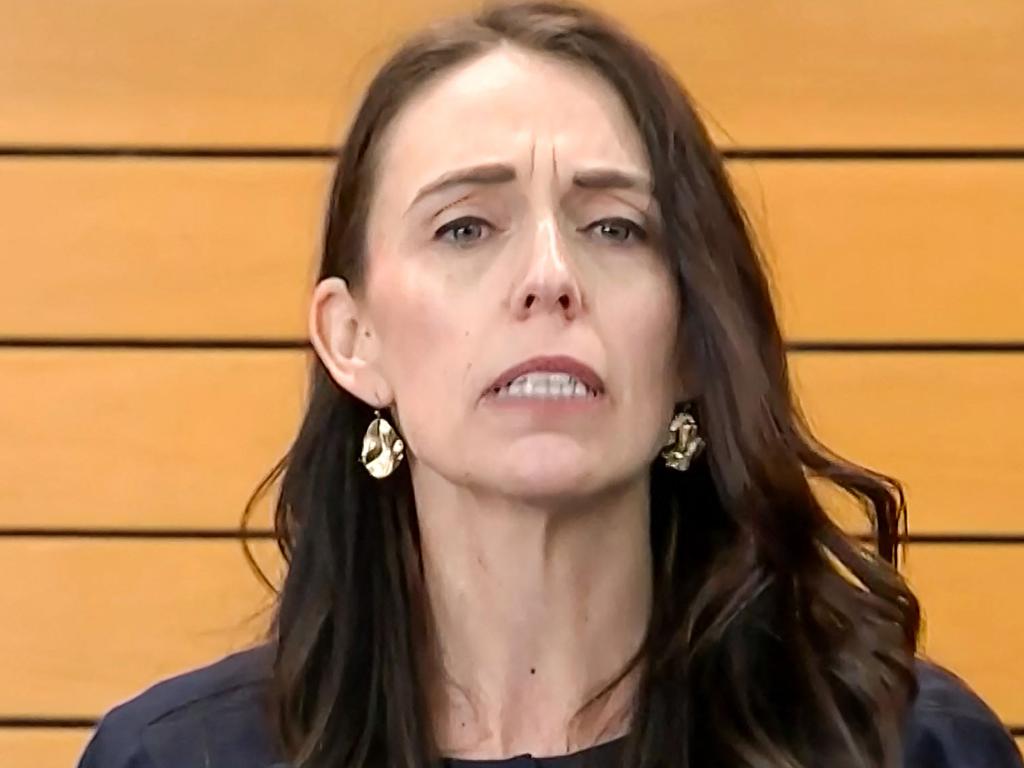Millennium Development Goals fail those who need us the most
The international community must set clear priorities and not try to do everything at once.

In 2000 something remarkable happened: the world came together and committed to a short list of ambitious targets that became known as the Millennium Development Goals. The objectives – to reduce poverty, fight disease, keep kids in school, and so on – boiled down to eight specific, verifiable goals, subject to a hard deadline of 2015.
Across that decade and a half, governments, international institutions and private foundations poured in billions of dollars more than they had before, specifically to achieve 21 targets within the eight goals. Global development aid alone almost doubled in real terms. Funding for child health increased eightfold from less than an annual $US1bn in the 1990s to $US8bn in 2015.

While we didn’t reach all the targets, this huge investment turbocharged progress.
More children were kept in school, and gender equality improved. Low-income countries across the world saw death rates drop much faster than before. In 1990, nearly one child in 10 died before reaching five years old. Child deaths had dropped by more than half by 2015. That adds up to almost 19 million children surviving their fifth birthday who would otherwise have died.
There was a dramatic reduction in hunger: it went from afflicting 16 per cent of the world population in 1990 to around 8 per cent in 2015. That meant 300 million people avoided the lifelong effects of hunger and malnutrition. And the fight against poverty was also accelerated, cutting the total number of poor by an astounding 1.2 billion people.
For the world’s poor and vulnerable, the world simply became a much better place thanks to the MDGs. While some targets such as clean drinking water and sanitation didn’t accelerate, all saw dramatic improvements, making life less hard, with less hunger, poverty and dirty water, with more schooling and less death from tuberculosis, malaria and HIV, and with many fewer mothers and children dying prematurely. But then in 2015, when the world replaced the MDGs, things went wrong. World leaders could again have chosen to focus on a few, crucial targets.
They could even have kept the same targets, since they are so important to the world’s most vulnerable people. We could have focused on pinpointing where the needs are deepest and the opportunities are greatest.
Instead, the UN and world leaders came up with a hodgepodge, absurdly long list of 169 targets for the world to achieve from 2015-30: the Sustainable Development Goals.
The SDGs do promise to do incredibly important things, such as eradicating poverty and hunger, getting rid of disease, ending war and global warming. They also set targets for more peripheral issues such as providing green spaces.
Having 169 targets is the same as having no priorities at all. And the inevitable result is that we are falling behind on important development measures.
This year, we are at halftime of the SDGs. Yet with our current progress, even before the setbacks of Covid, we will likely be half a century late on our promises. We could be the generation that fails all or almost all of our promises, and it is a consequence of not prioritising. So how do we fix things from here?
First, we need to prioritise which targets matter most. For most people, less hunger and better education matters more than well-meaning pledges of increased recycling and global awareness of lifestyles in harmony with nature (two of the 169 targets).
Second, we need to acknowledge that some challenges can be fixed with cheap and simple policies and some cannot. Promising peace and an end to all violence, crime, and corruption is laudable, but it is likely impossibly difficult to achieve, and there is little knowledge of how to get there.
In contrast, we know how to fix many pervasive problems effectively at low cost. Tuberculosis is entirely treatable and has been so for more than half a century, yet it still quietly kills more than 1.5 million people annually. While nine out of 10 rich country 10-year-olds can read and write, only one in 10 can do so in the world’s poorest countries. And each year more than two million children and 300,000 women die around childbirth. All these problems have cheap, effective solutions. They should get our full attention, but they don’t.
Across the past years, my think tank has worked with the world’s top economists to establish where each dollar can be spent on the SDGs to do the most good. Our research, which we will be publishing with The Australian over the next three months, sets out to salvage some success from the failure of the SDGs.
We will succeed when we are honest and set priorities. Let us not be the generation that just failed the global promises. Instead, let’s become the generation that does the smartest things best and first.
Bjorn Lomborg is president of the Copenhagen Consensus and visiting fellow at Stanford University’s Hoover Institution.







To join the conversation, please log in. Don't have an account? Register
Join the conversation, you are commenting as Logout